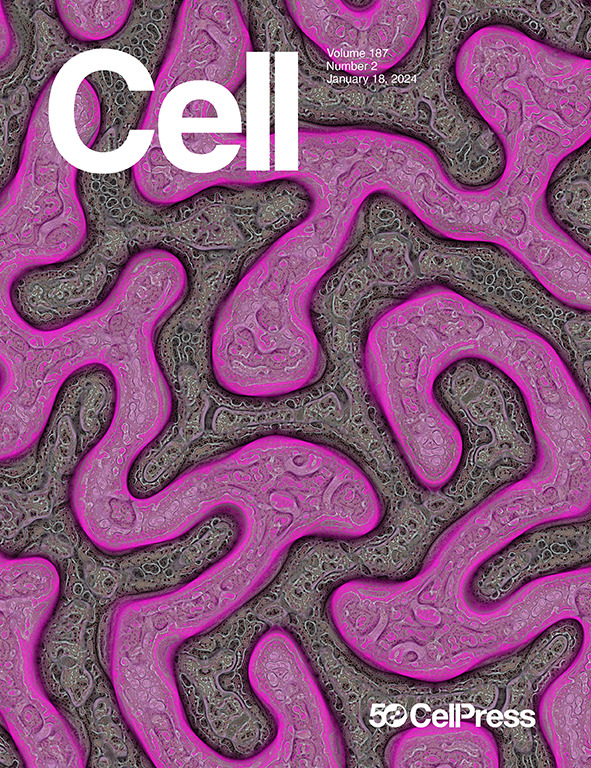Denisovan mitochondrial DNA from dental calculus of the >146,000-year-old Harbin cranium
IF 45.5
1区 生物学
Q1 BIOCHEMISTRY & MOLECULAR BIOLOGY
引用次数: 0
Abstract
Denisovans have yet to be directly associated with a hominin cranium, limiting our understanding of their morphology and geographical distribution. We have attempted to retrieve DNA from a nearly complete Middle Pleistocene cranium from Harbin (>146 ka), northeastern China. Although no DNA could be retrieved from a tooth or the petrous bone, mitochondrial DNA (mtDNA) could be isolated from dental calculus. The mtDNA falls within Denisovan mtDNA variation and is related to an mtDNA branch carried by early Denisovan individuals in southern Siberia, previously observed in Denisova Cave. This suggests that Denisovans inhabited a large geographical range in Asia in the Middle Pleistocene. The association of Denisovan mtDNA with the Harbin cranium allows a better understanding of the morphological relationships between Denisovans and other East Asian Middle Pleistocene fossils. Furthermore, the retrieval of host DNA from dental calculus opens new possibilities for genetic research on Middle Pleistocene hominins.

来自146000年前哈尔滨头盖骨牙石的丹尼索瓦人线粒体DNA
丹尼索瓦人与古人类头盖骨还没有直接联系,这限制了我们对他们形态和地理分布的理解。我们试图从中国东北哈尔滨(>146 ka)一个几乎完整的中更新世头盖骨中提取DNA。虽然无法从牙齿或石骨中提取DNA,但可以从牙石中分离出线粒体DNA (mtDNA)。该mtDNA属于丹尼索瓦人的mtDNA变异范围,与先前在丹尼索瓦洞穴中观察到的西伯利亚南部早期丹尼索瓦人携带的mtDNA分支有关。这表明丹尼索瓦人在更新世中期居住在亚洲的一个很大的地理范围内。丹尼索瓦人mtDNA与哈尔滨头盖骨的关联有助于更好地理解丹尼索瓦人与其他东亚中更新世化石之间的形态关系。此外,从牙结石中提取宿主DNA为中更新世古人类的遗传研究开辟了新的可能性。
本文章由计算机程序翻译,如有差异,请以英文原文为准。
求助全文
约1分钟内获得全文
求助全文
来源期刊

Cell
生物-生化与分子生物学
CiteScore
110.00
自引率
0.80%
发文量
396
审稿时长
2 months
期刊介绍:
Cells is an international, peer-reviewed, open access journal that focuses on cell biology, molecular biology, and biophysics. It is affiliated with several societies, including the Spanish Society for Biochemistry and Molecular Biology (SEBBM), Nordic Autophagy Society (NAS), Spanish Society of Hematology and Hemotherapy (SEHH), and Society for Regenerative Medicine (Russian Federation) (RPO).
The journal publishes research findings of significant importance in various areas of experimental biology, such as cell biology, molecular biology, neuroscience, immunology, virology, microbiology, cancer, human genetics, systems biology, signaling, and disease mechanisms and therapeutics. The primary criterion for considering papers is whether the results contribute to significant conceptual advances or raise thought-provoking questions and hypotheses related to interesting and important biological inquiries.
In addition to primary research articles presented in four formats, Cells also features review and opinion articles in its "leading edge" section, discussing recent research advancements and topics of interest to its wide readership.
 求助内容:
求助内容: 应助结果提醒方式:
应助结果提醒方式:


